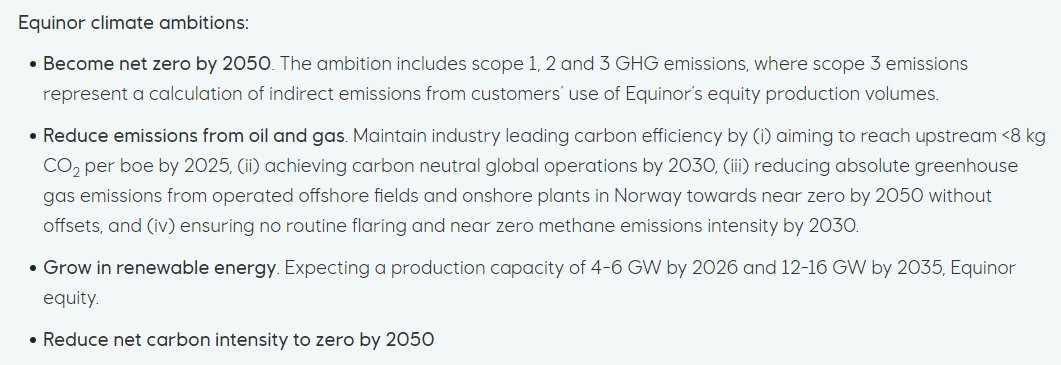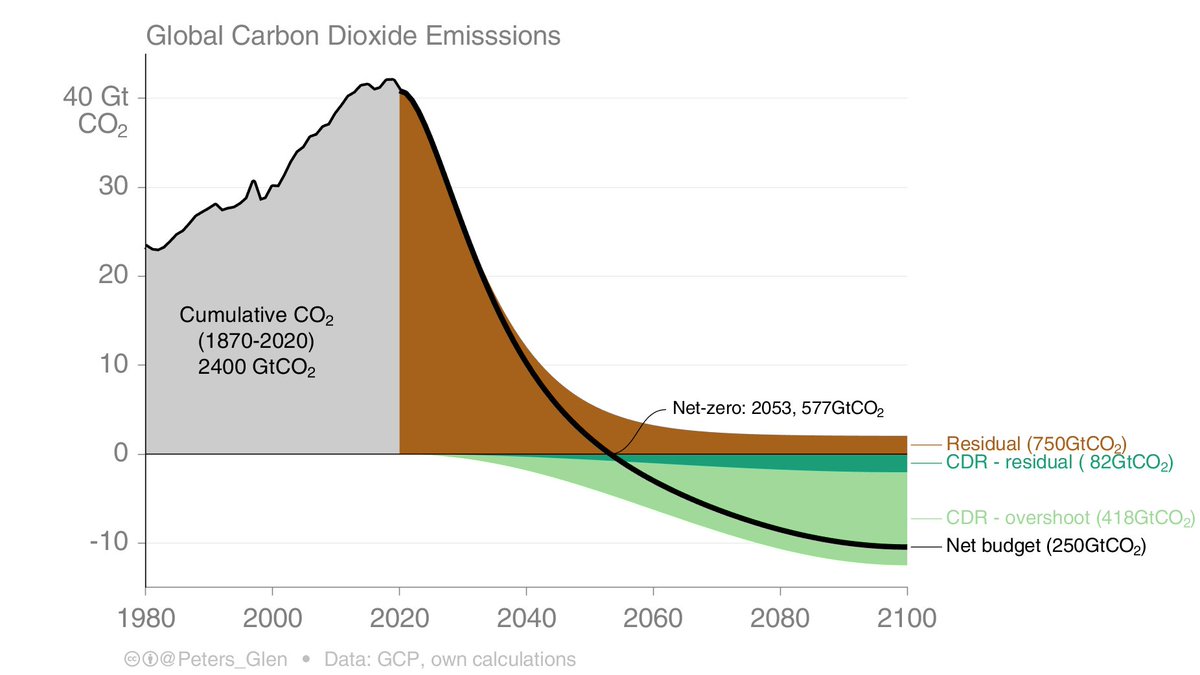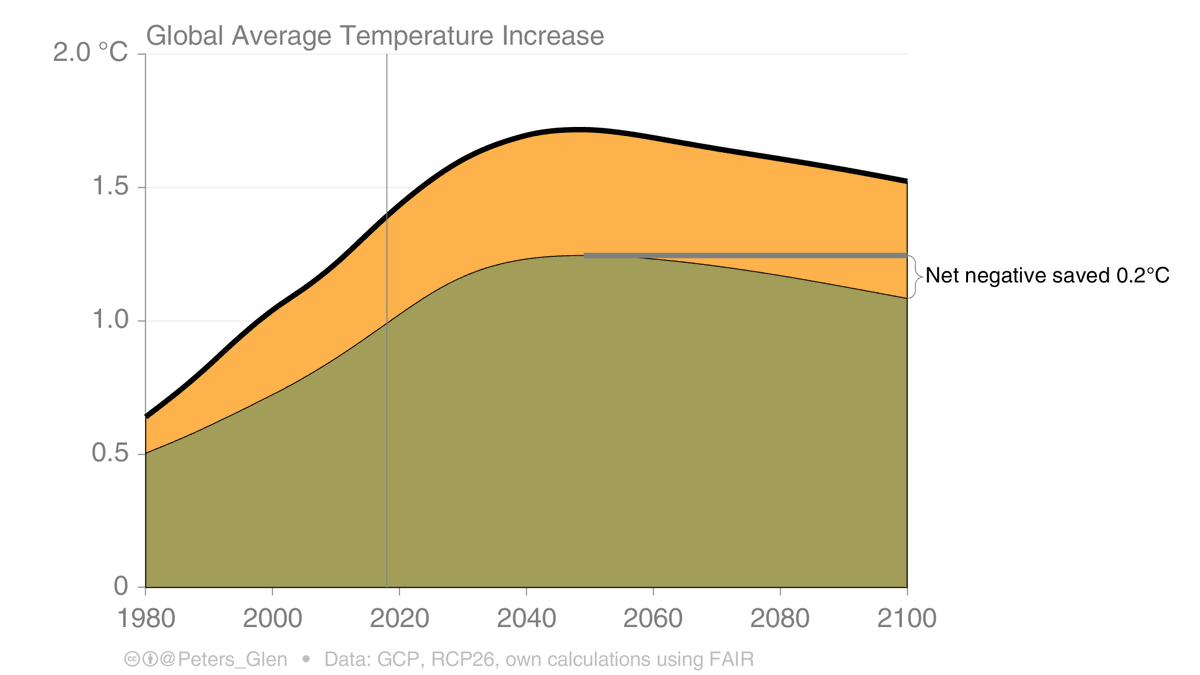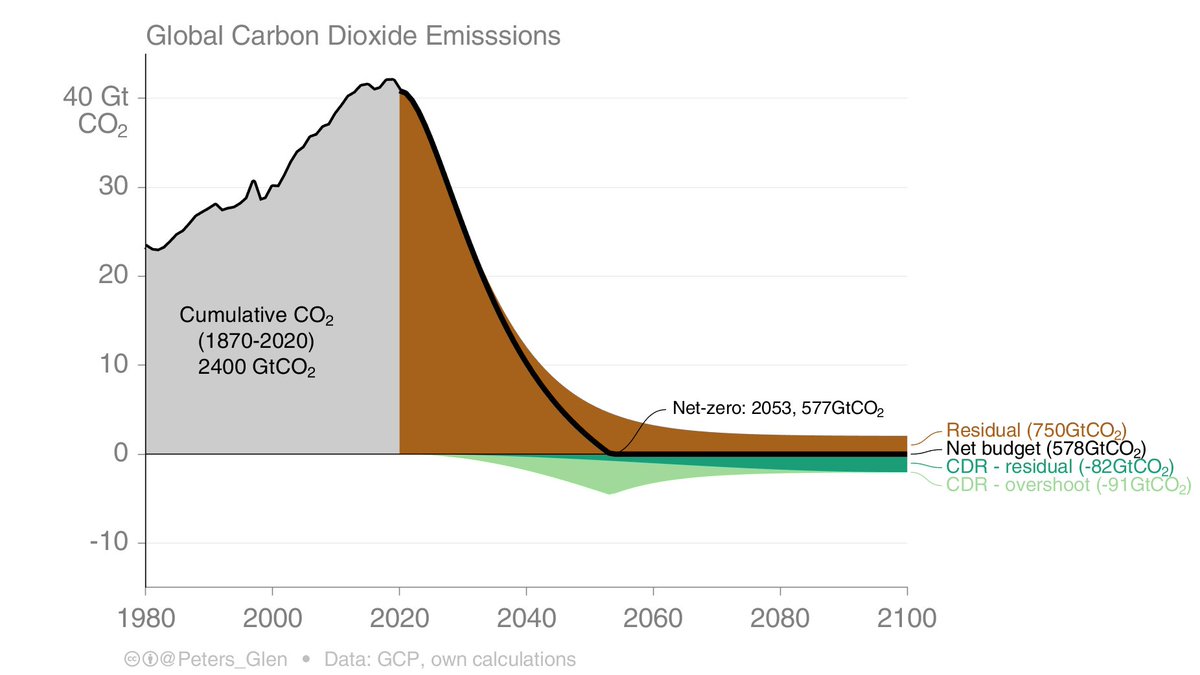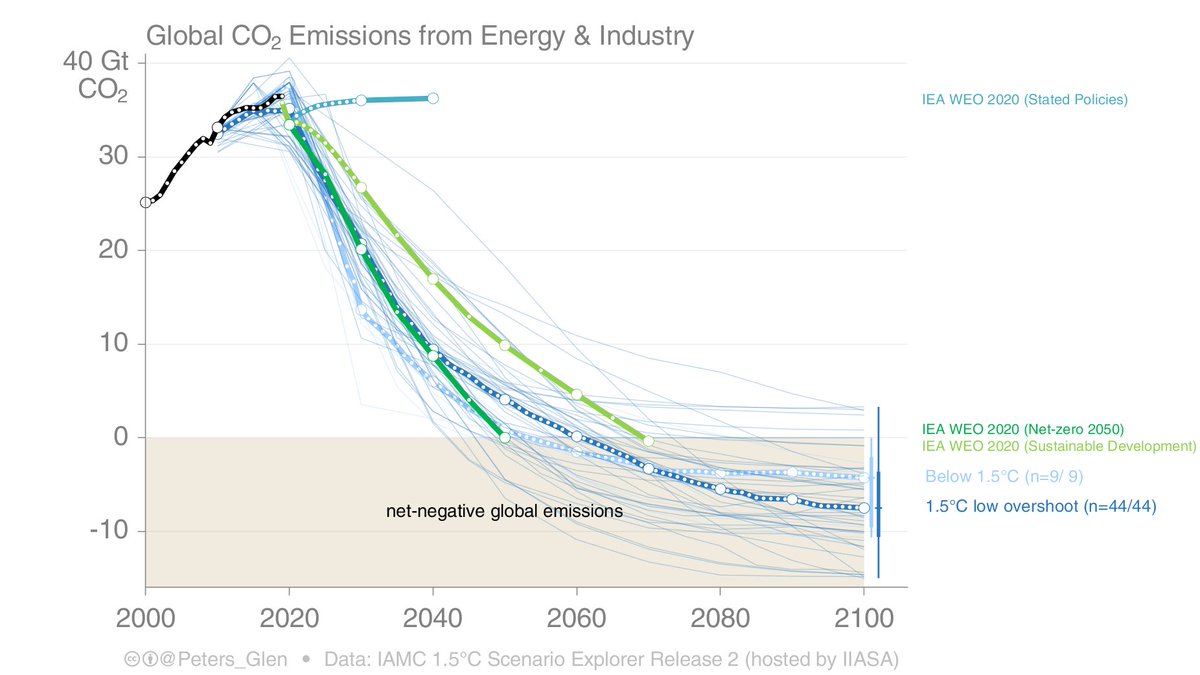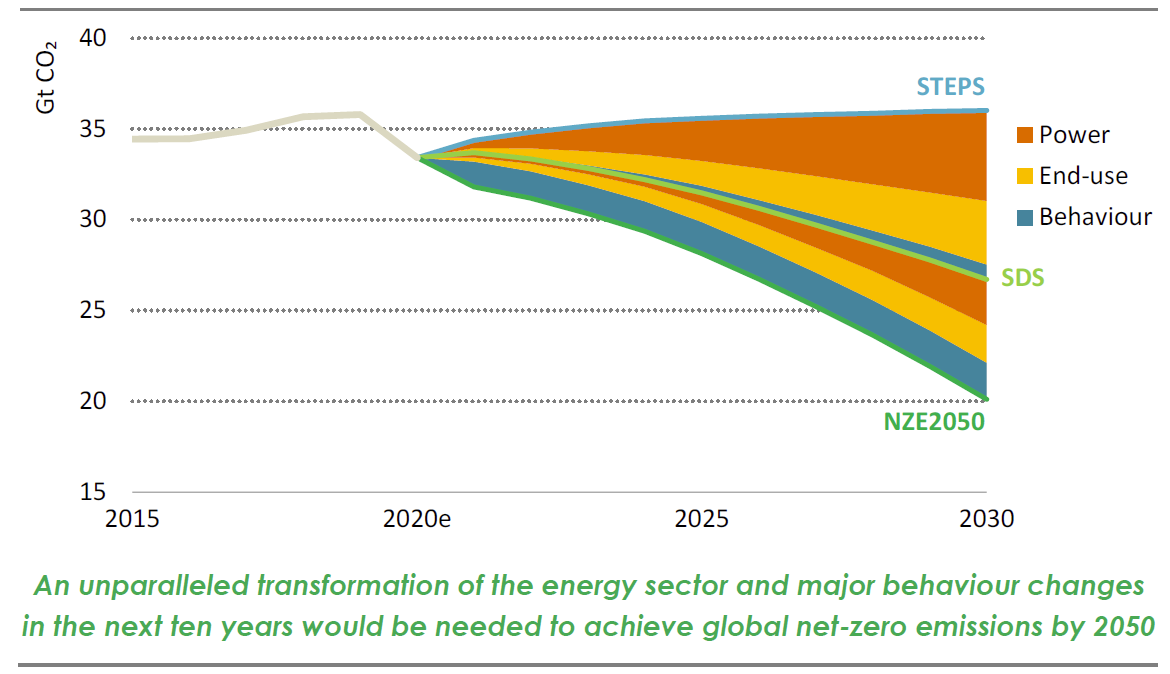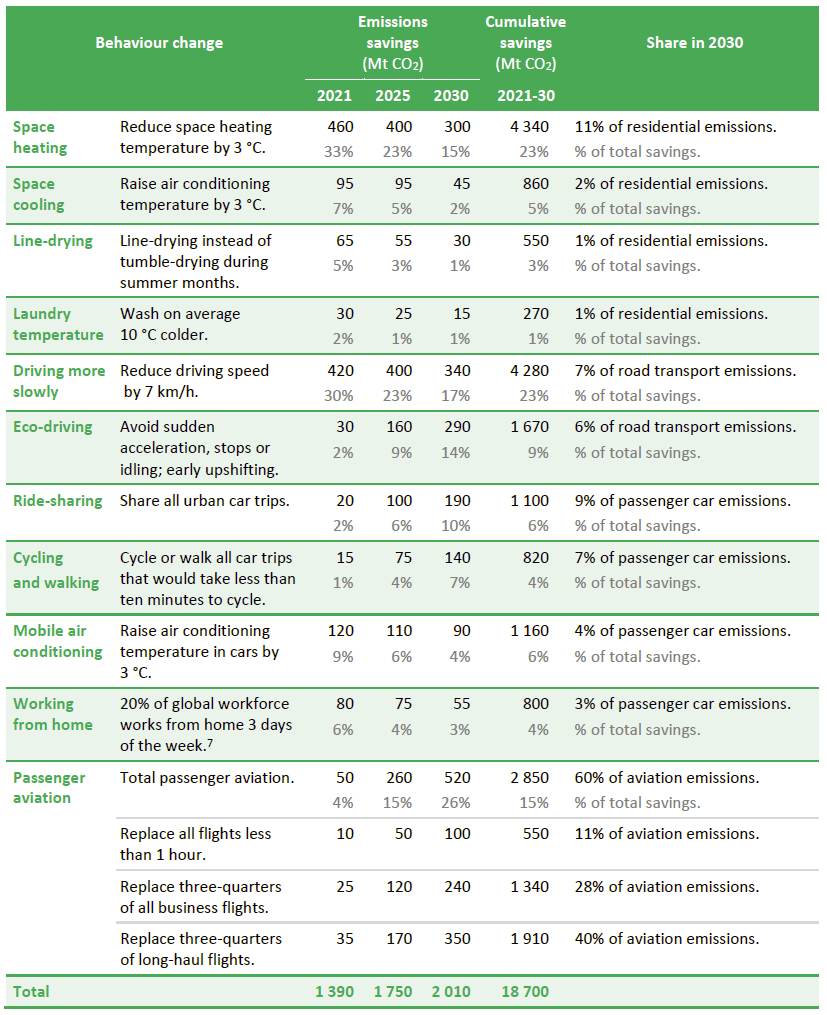
Where will coal go in the next decade?
Baseline scenarios without climate policy can still have declining coal, if the socioeconomics (colours) are favourable (SSP1, SSP2, etc): low population, preference for clean air, etc.
Unlikely coal will grow SSP3 or SSP5 style...
1/
Baseline scenarios without climate policy can still have declining coal, if the socioeconomics (colours) are favourable (SSP1, SSP2, etc): low population, preference for clean air, etc.
Unlikely coal will grow SSP3 or SSP5 style...
1/

Under weak mitigation (colours are radiative forcing levels in 2100, bold are marker scenarios), coal can either decrease or increase...
But, given what we know today, what is the narrative that would have increasing or decreasing coal?
2/
But, given what we know today, what is the narrative that would have increasing or decreasing coal?
2/

Given the current pressure on coal, I would expect coal to be flat & then declining slowly (in the current policy environment), faster if policies are ramped up (like China, US, etc, net-zero).
Which scenarios should I use to get a realistic picture of coal?
3/
Which scenarios should I use to get a realistic picture of coal?
3/

And how do I deal with scenarios with weak mitigation that have loads of coal with carbon capture and storage?
Who is going to invest in coal with CCS at today's carbon prices?
4/
Who is going to invest in coal with CCS at today's carbon prices?
4/

If a user, an investor, a policy maker asks for where coal is heading in the next decade or two, how can scenarios help?
Scenarios have specific narratives, but rarely the current narrative. Can we realistically model the evolution of coal markets, from where we are today?
5/
Scenarios have specific narratives, but rarely the current narrative. Can we realistically model the evolution of coal markets, from where we are today?
5/

Side note: Scenarios are often based on predefined parameters, like a story line or narrative of how the world develops (eg, SSPs). Very few scenarios are simulations trying to predict where the world is headed (some do this, not many).
6/6
6/6
• • •
Missing some Tweet in this thread? You can try to
force a refresh


